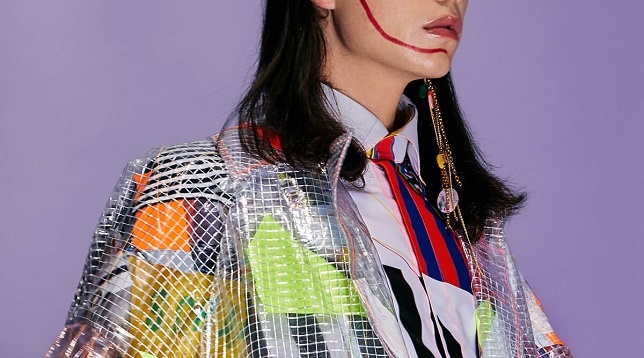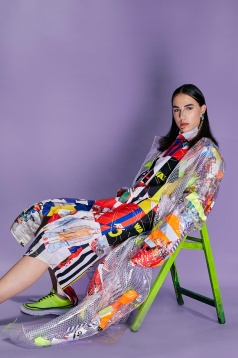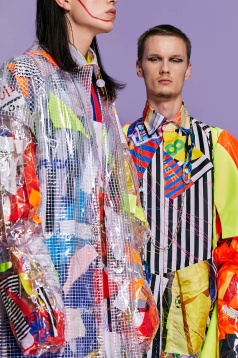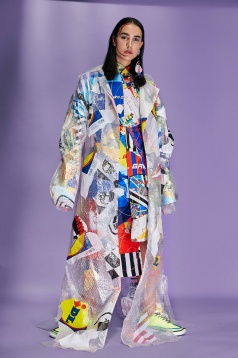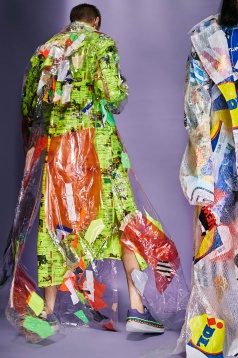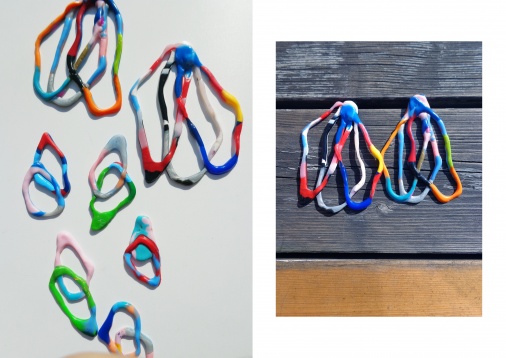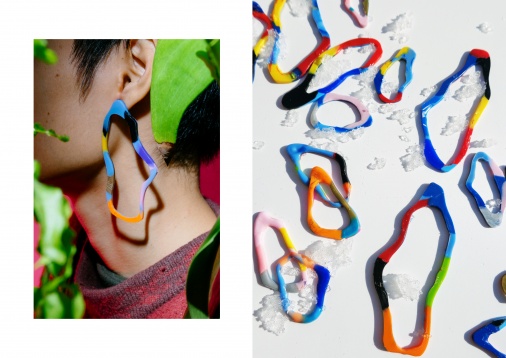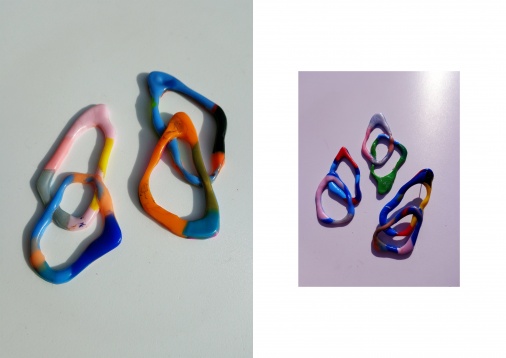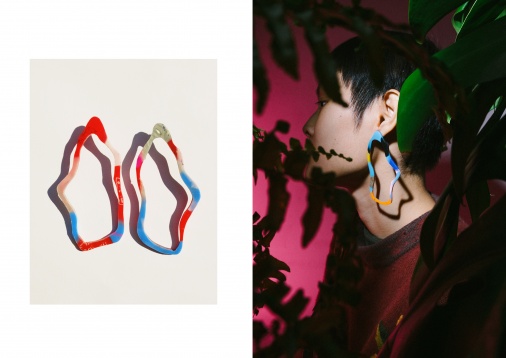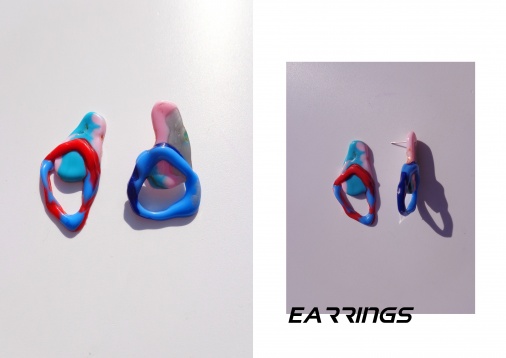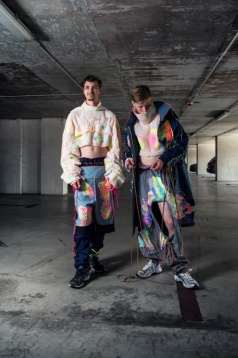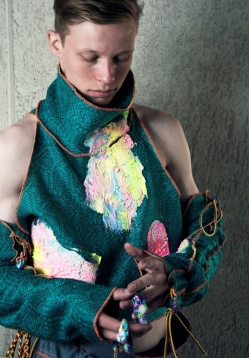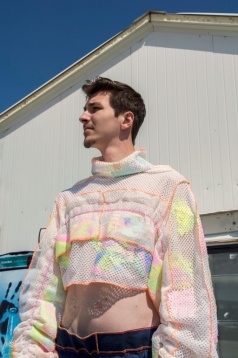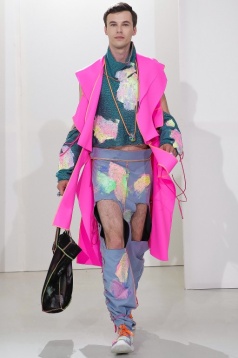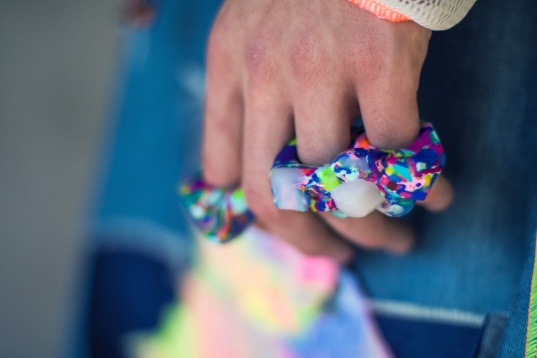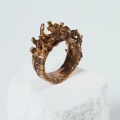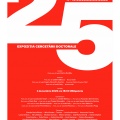HISTORY
Ferencz Borbala is a 24 years old designer based in Cluj-Napoca. Completing her MA in fashion design, she is pushing the boundaries of menswear.
SPECIFIC
She is working with experimental materials like upcycled textiles and recycled plastic. Her works are known for the vibrant colors and their non-conformism.
SPECIFIC
She is working with experimental materials like upcycled textiles and recycled plastic. Her works are known for the vibrant colors and their non-conformism.
ROMANIAN DESIGN WEEK APPEARANCES
2019 // The Return of the Shreds
This collection is inspired from the waste that the fashion industry creates. Shreds, second-hand clothes are upcycled and given a new preciosity. The silhouettes of the outfits are inspired from 17th century royal garments, in contrast with today’s fast fashion items. With the uncanny combination of precious elements and forms with damaged goods, and thrown away materials, it is questioning the way we consider something valuable.
2019 // Meltdown
One of the most serious consequence of consumerism is the melting of the Arctic. The organic shapes and textures of these jewelry are capturing the moment of melting. In contrast with their natural inspiration, they are made from recycled post-consumer plastic waste, with a unique artisanal technique. They seem soft and molten, but in fact they are cold and hard. These pieces can draw attention over the dramatic consequences of the climate change, and the mutual vulnerability between human civilization and forces of nature.
2019 // The Return of the Shreds
This collection is inspired from the waste that the fashion industry creates. Shreds, second-hand clothes are upcycled and given a new preciosity. The silhouettes of the outfits are inspired from 17th century royal garments, in contrast with today’s fast fashion items. With the uncanny combination of precious elements and forms with damaged goods, and thrown away materials, it is questioning the way we consider something valuable.
2019 // Meltdown
One of the most serious consequence of consumerism is the melting of the Arctic. The organic shapes and textures of these jewelry are capturing the moment of melting. In contrast with their natural inspiration, they are made from recycled post-consumer plastic waste, with a unique artisanal technique. They seem soft and molten, but in fact they are cold and hard. These pieces can draw attention over the dramatic consequences of the climate change, and the mutual vulnerability between human civilization and forces of nature.
2017 // Sons of Cephissus
The collection is focusing on social inequalities, on traditional gender roles, and sexual objectification. The traditional menswear is refreshed with feminine elements, resulting garments that are innovative and relevant for a 21st century wardrobe.
















